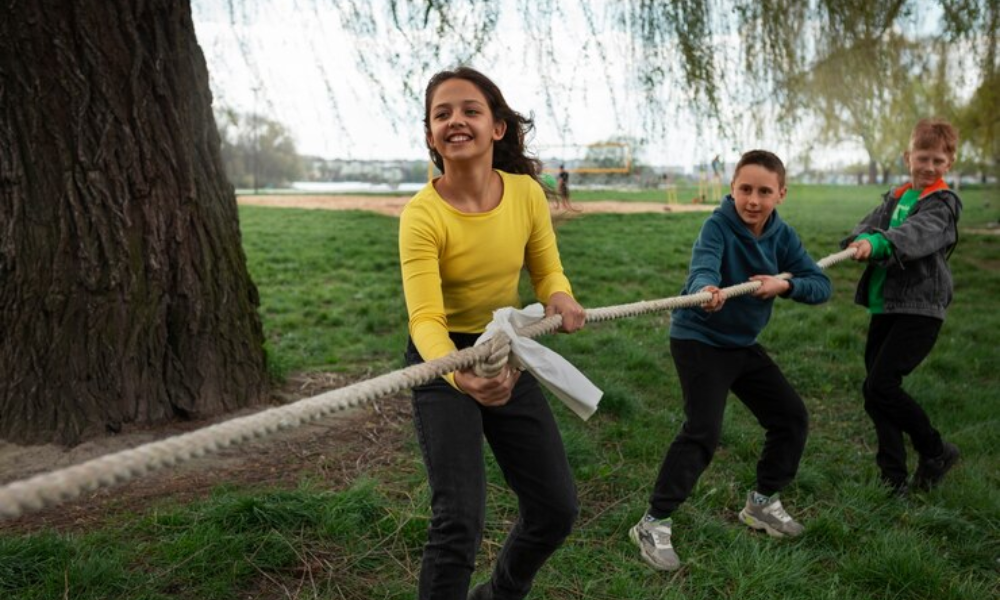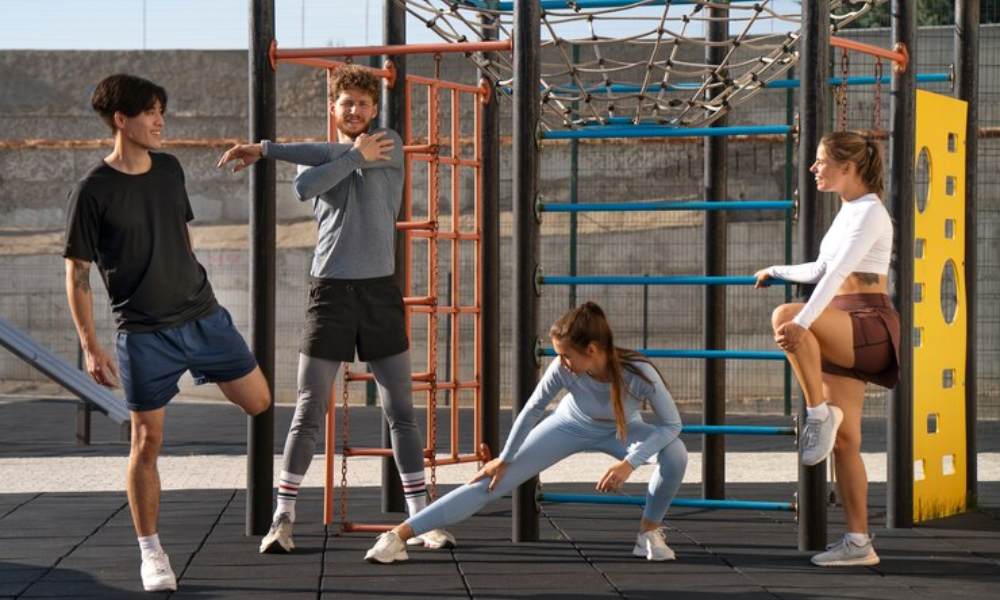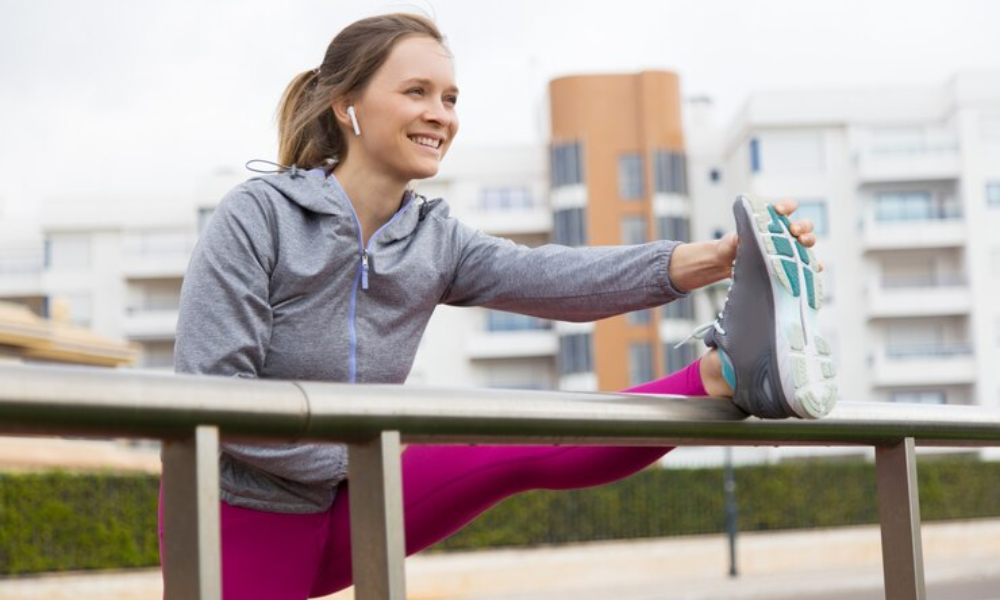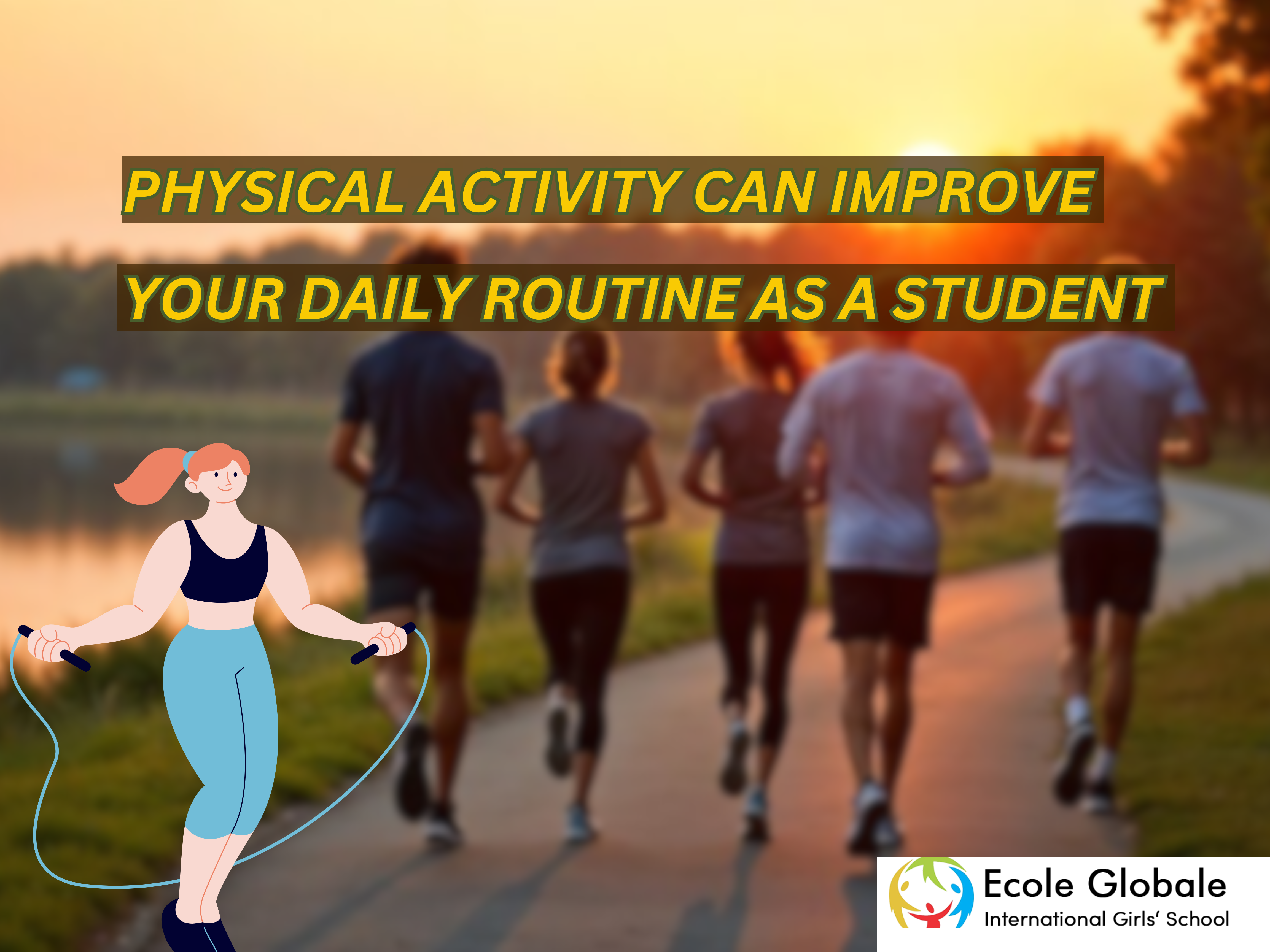Maintaining a balanced lifestyle as a student is often challenging, especially with the demands of assignments, exams, and extracurricular activities. However, incorporating regular physical activity into your daily routine can significantly improve your overall well-being. This article explores how physical activity can enhance various aspects of your life as a student, including academic performance, mental health, energy levels, and time management.
Benefits of Physical Activity for Students

1. Boosts Academic Performance
Physical activity doesn’t just benefit your body; it also enhances your brain function. Studies have shown that regular exercise can improve memory, concentration, and overall cognitive ability. Here’s how:
- Improved Focus: Engaging in physical activities like jogging or cycling helps you focus better in class or while studying.
- Memory Enhancement: Exercise increases the production of brain chemicals that support memory and learning.
- Better Problem-Solving: Physical activities help improve critical thinking and problem-solving skills, which are essential for academic success.
For example, even a 20-minute walk before studying can sharpen your focus and improve retention of information.
2. Reduces Stress and Anxiety
As a student, stress and anxiety are common challenges. Whether it’s exam pressure or the fear of failing to meet deadlines, mental strain is unavoidable. However, physical activity can serve as an effective stress-buster. When you exercise, your body releases endorphins, which are natural mood lifters.
- Reduces Anxiety: Activities like yoga, stretching, or light jogging help reduce anxiety levels, allowing you to feel calmer.
- Improves Mood: Engaging in regular workouts can enhance your overall mood, helping you face academic challenges with a positive mindset.
- Mental Clarity: Exercise helps clear your mind, giving you the mental clarity to solve problems more efficiently.
A quick 10-minute break of stretching or light exercise between study sessions can go a long way in managing stress.
3. Increases Energy Levels
As a student, feeling fatigued after a long day of classes and studying is normal. Surprisingly, physical activity can help counteract this. Regular exercise boosts your energy levels by improving blood circulation and oxygen flow to your brain and muscles.
- Combats Fatigue: Exercise might seem tiring at first, but over time, it builds endurance and reduces feelings of fatigue.
- Boosts Productivity: The more energy you have, the more productive you can be in your daily activities.
- Better Sleep Quality: Physical activity promotes deeper, more restful sleep, which leads to feeling refreshed the next day.
A simple habit like taking a brisk walk or doing some quick exercises in the morning can set the tone for an energized and productive day.
4. Improves Time Management Skills
Balancing academics, social life, and personal activities can be tough for students. Including physical activity in your routine might seem like adding another responsibility, but it can actually enhance your time management skills. Here’s why:
- Increased Efficiency: Exercise teaches discipline, which spills over into other aspects of life, helping you manage time more effectively.
- Promotes Routine: Establishing a consistent workout routine encourages you to stay organized and follow schedules.
- Reduces Procrastination: When you incorporate physical activity, you’re more likely to adopt a “get it done” attitude, reducing procrastination.
A well-structured day that includes time for physical activity ensures that you balance your responsibilities more effectively.
Types of Physical Activities Suitable for Students

Finding the right type of physical activity is crucial to maintaining consistency. Here are some accessible and time-efficient options that can be easily integrated into a student’s busy schedule:
1. Walking or Cycling
Walking or cycling to school or university is a great way to incorporate physical activity into your daily routine. It’s convenient and requires no special equipment.
- Improves cardiovascular health and helps with mental clarity before starting classes.
- Boosts mood due to exposure to fresh air and sunlight.
- Saves time if you make it part of your commute.
2. Stretching and Yoga
For students who prefer more relaxed forms of exercise, stretching or practicing yoga can offer immense benefits.
- Increases flexibility and prevents muscle stiffness from long hours of sitting.
- Relieves stress through deep breathing and mindfulness practices.
- Improves focus by calming the mind and enhancing concentration.
A 15-minute yoga session in the morning or before bed can greatly improve both your physical and mental health.
3. Bodyweight Exercises
Simple bodyweight exercises like push-ups, squats, and planks can be done anywhere and don’t require any gym equipment.
- Strengthens muscles and improves posture, which is essential for long study hours.
- Enhances endurance and boosts overall physical strength.
- Quick and efficient, making it easier to fit into a tight schedule.
Performing a 10-minute circuit of these exercises daily can significantly improve your physical fitness.
4. Team Sports
Participating in team sports like basketball, soccer, or volleyball not only provides a full-body workout but also helps build social skills.
- Encourages teamwork and helps develop communication skills.
- Promotes motivation as being part of a team holds you accountable.
- Improves cardiovascular health, agility, and endurance.
Joining a school or local team can also provide a fun break from the pressures of academic life.
5. Dance and Aerobics
If you enjoy music and movement, dancing or attending aerobic classes could be a fun way to stay active.
- Improves coordination and balance while also being a great cardiovascular workout.
- Enhances mood as dancing can be a joyful and creative outlet.
- Can be done at home, making it a convenient option.
Whether through formal classes or just dancing to your favorite songs at home, this is an excellent way to stay fit.
How to Start Incorporating Physical Activity into Your Routine

As a student, it may seem overwhelming to fit physical activity into your daily routine, especially with assignments and exams. However, starting small and making gradual changes can help you stay consistent. Here’s how to begin:
1. Set Realistic Goals
Instead of aiming for intense workouts right away, start with something small, like a 10-minute walk or 15 minutes of stretching each day. Gradually increase the time as you get used to it.
- Start small with achievable goals.
- Track your progress to stay motivated.
- Celebrate milestones to reinforce the habit.
2. Make it Social
Exercising with friends can make physical activity more enjoyable and keep you motivated. Whether it’s going for a walk together, joining a sports team, or attending fitness classes, having a workout buddy can keep you accountable.
- Join a club or form a group to make exercise more fun.
- Work out with friends to stay motivated.
- Encourage each other to stay consistent.
3. Combine Study Breaks with Exercise
Instead of sitting for long hours, take short breaks to move around. A quick 5-minute stretch every hour can refresh your mind and body.
- Use breaks wisely by incorporating light stretches or walks.
- Stay active throughout the day without dedicating hours to exercise.
- Improve focus by keeping your mind and body active.
4. Prioritize Consistency over Intensity
Consistency is key when it comes to reaping the benefits of physical activity. It’s better to engage in lighter activities regularly than to do intense workouts sporadically.
- Be consistent by setting a routine.
- Create habits that fit your lifestyle.
- Focus on long-term health rather than quick fixes.
Conclusion
Physical activity is a vital part of a healthy lifestyle, especially for students. It not only improves academic performance, reduces stress, and boosts energy levels but also helps you develop essential time management skills. Whether it’s walking, yoga, team sports, or dancing, there are plenty of options to choose from that can easily fit into your daily routine. Start small, stay consistent, and watch how these positive habits transform your student life.
FREQUENTLY ASKED QUESTION
1. How does physical activity improve academic performance?
Regular physical activity enhances brain function by improving focus, memory retention, and problem-solving skills. It increases blood flow to the brain, helping students stay alert and process information more effectively.
2. What are the best exercises for students with busy schedules?
Short activities like brisk walking, stretching, yoga, and bodyweight exercises (push-ups, squats, planks) are great options. These require minimal time and can be easily integrated into daily routines.
3. Can physical activity help reduce stress and anxiety?
Yes, exercise releases endorphins, which act as natural mood boosters. Activities like yoga, light jogging, and aerobic workouts can significantly reduce stress and promote mental well-being.
4. How much physical activity should a student get daily?
Experts recommend at least 30–60 minutes of moderate physical activity per day. This can be spread throughout the day in short sessions to fit a student’s schedule.
5. Does exercising improve sleep quality?
Yes, regular physical activity promotes deeper, more restful sleep. It helps regulate sleep cycles, making students feel more refreshed and energized for the next day.









